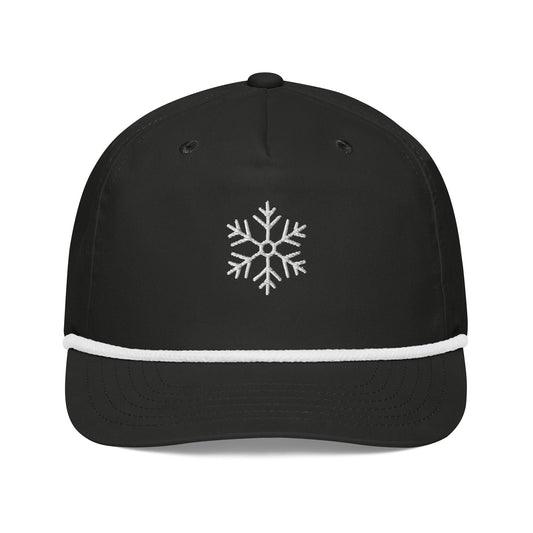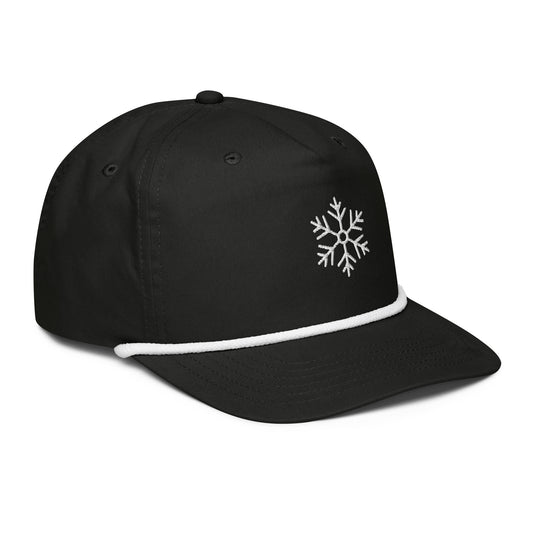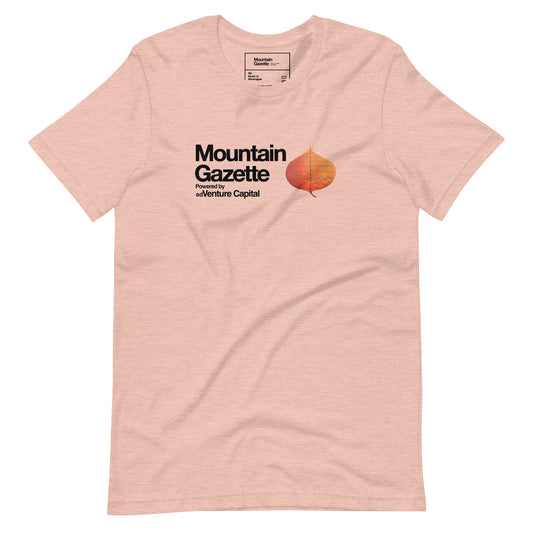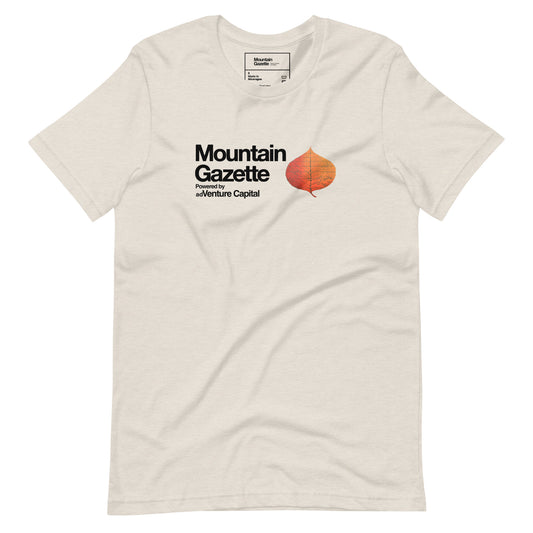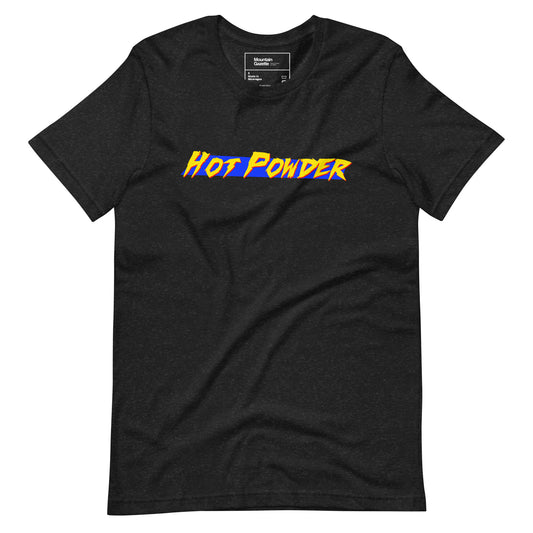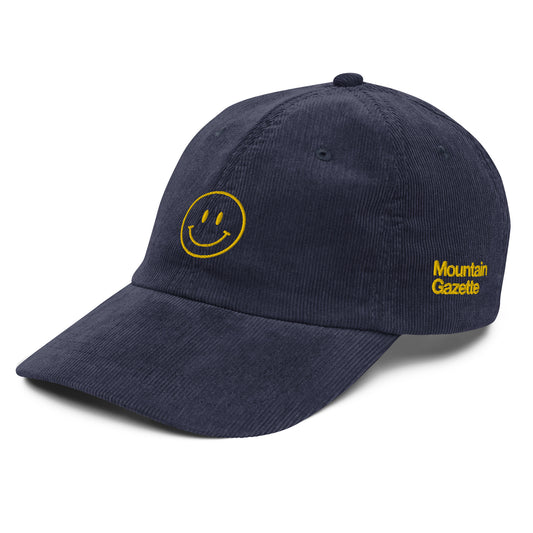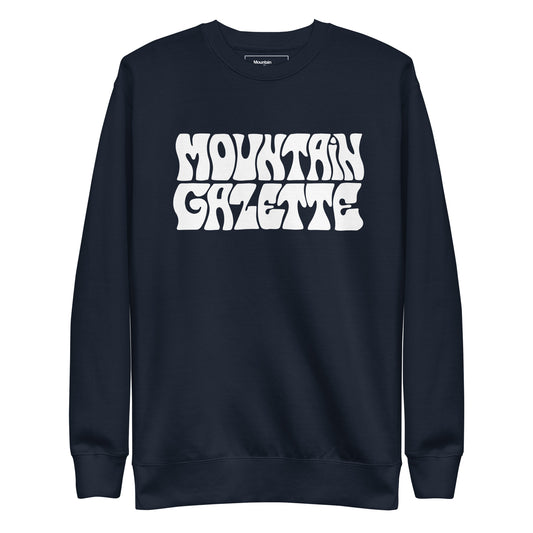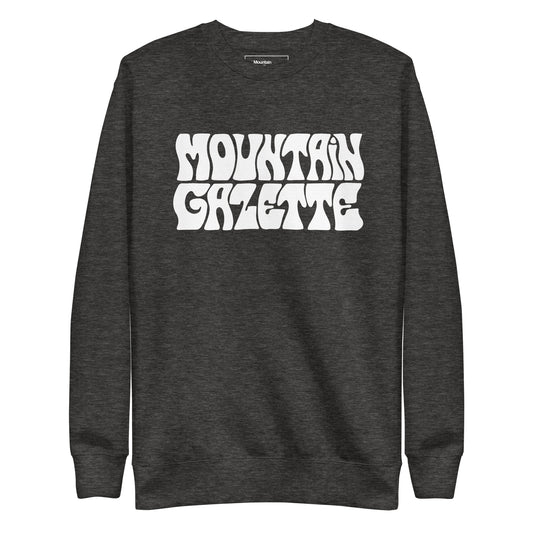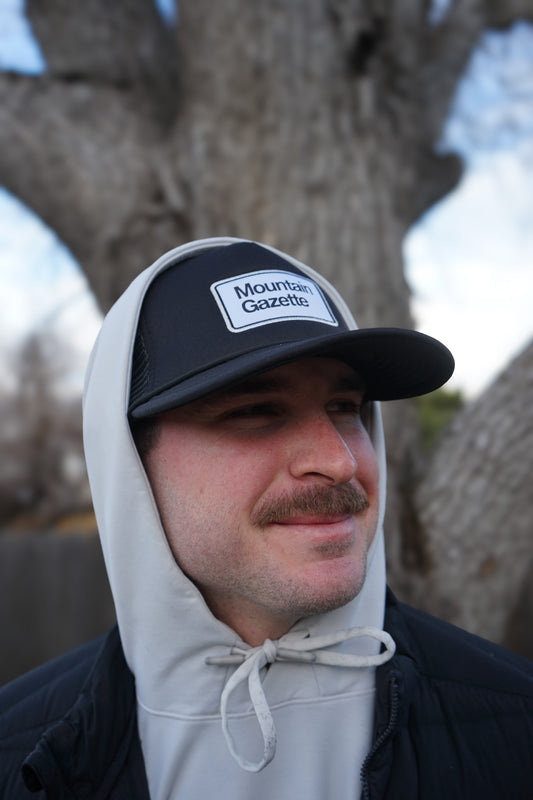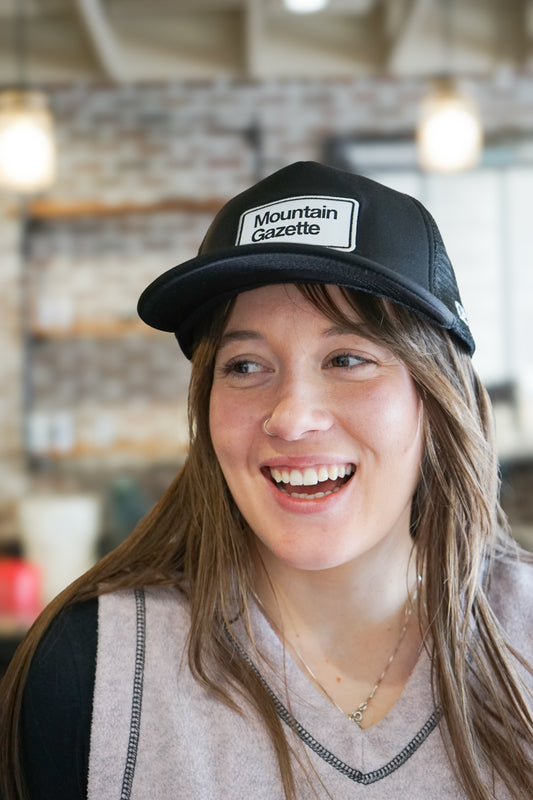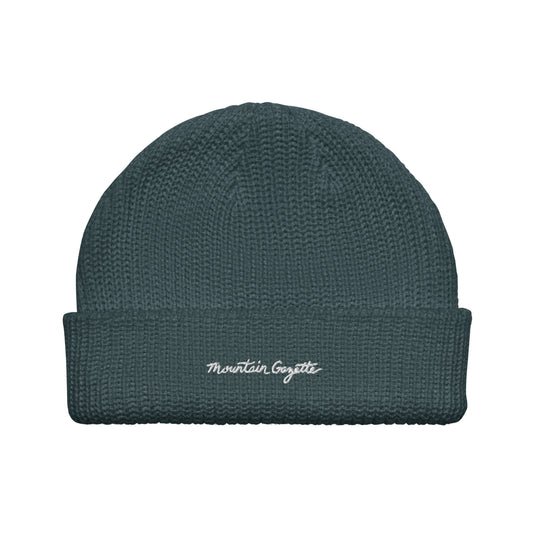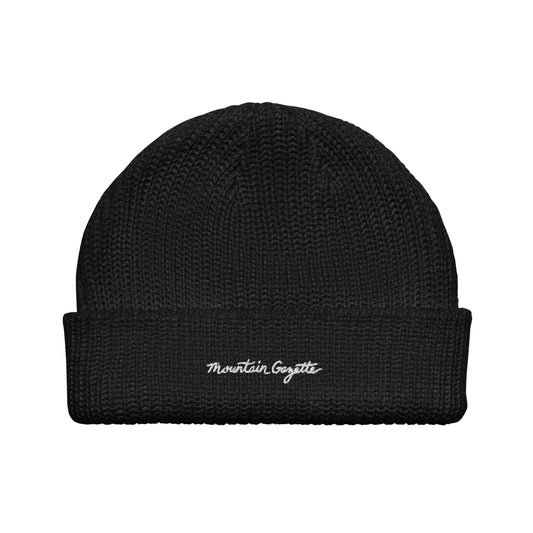Contributor feature: John Coleman
Interview by Hannah Truby
This story originally in the Mountain Gazette Sunday email — our weekly newsletter. Subscribe to the newsletter here
John and his new pup Dobbs (probably the cutest dog I’ve ever seen) Zoom in from upstate New York to chat with me about work, life, his journey with MG, and of course where we’re at with Mountain Gazette 200.
Alright, John. Let’s start with this: Any fun facts about yourself you’d like to share for the subscribers who don’t yet know you?
Well, I'm a skier. I'm a Yankees fan. Fly fisher. Let’s see…for the first three of four issues, I did a “happy hour” where I’d play guitar on MG’s live page. I’d go to a cool location and play for an hour and [Mike] Rogge would be interacting with subscribers, answering questions from people. As our audience grew, I did freak out a little [laughs], but it was super fun, and we’re thinking about bringing it back.
You’re based over on the East Coast, right? Is that where you’re zooming in from?
Yep. I live in Glens Falls, New York. It’s an hour north of Albany. But working with Mountain Gazette gives me a kind of window into your area over in Tahoe…but I do come out there every spring now to ski. But, yeah – Rogge grew up in the town next to me.
So you’re another long-time friend of Rogges’ then?
[Laughs] Yeah, we skied the same ski hill, played ball together in summer league baseball, but we always crossed paths around skiing. And that continued through our entire career.
So how did Mike bring you onto MG?
I went to school for magazine journalism, and after college, I got a job at a newspaper. Around that time, Mike started working in ski media, and when he got to Powder, he knew I was writing, and I actually pitched an idea to him for Powder, which was my first published magazine article. And that was a real cool break for me. Somebody framed that for me back in the day, which I still have.
But from there, it was always following up with each other, seeing what he's up to. I was generally you know, jealous of all the cool shit he was doing [laughs]. But finally, I got my first graphic design gig, and I was at that one agency for five years, and then onto another based out of Lake Placid. Rogge reached out then, just before lock down, and he was like, ‘Hey, are you still doing graphic design? I bought this magazine at a trade show. We're just selling covers now, but I'm thinking about bringing it back as a large format print magazine.’
Wow. What were you thinking? Did you have any hesitations about resurrecting a vintage ski magazine?
Surprisingly, no. You might think there would be…but I just said ‘definitely!’ His ability to sort of see that picture was huge. It took somebody pretty creative to buy a dead magazine and see the value in it, so I really trusted that….the magazine had been through a few different looks, and they all sort of had a shelf life, and then had gone to their magazine graveyard. Mike and I both really wanted to pay homage to the original mag as much as we could.
In what ways?
By keeping some of those original design elements, and keeping writers like George Sibley who wrote for the very first issue – and he’s writing for this 200 issue. There’s a continuous thread of lineage that Rogge and everyone here is very respectful to, which is really cool.
Besides keeping those original elements, what was your approach to this project in terms of style, coming from your background in magazine/graphic design?
I went into it with a few different ideas. Some had more going on, and Rogge suggested I check out Victory Journal, which is just photos and text – couldn't be more simple. And I loved it. So we just stuck with that, a bare bones look. I did go back and research Helvetica, because that was the traditional typeface used back in the day. It's really utilitarian, and its primary objective isn’t to be anything fancy, but just to get the job done. There's a great documentary called Helvetica if you haven't seen it, it's really cool. So I schooled up on that and tried to integrate some cool layouts into this format, and people seem to love it, and it really hasn't changed.
That’s awesome. Creatively, no question. Was there any kind of financial risk or hesitation leaving the big marketing agency?
For sure. When I went out on my own to start freelancing, I knew I was leaving behind benefits; I'd have to go find my own health insurance, dental, and all those expenses that come with that. It was a huge leap of faith. But the timing was right in my life where I didn't really have kids or anybody really leaning on me for financial support. So I was the driver.
Are you at a place now where you can kind of pick and choose what clients you work with?
When I went off on my own to start freelancing, I thought for sure that Upwork was going to be my bread and butter, where I was gonna find a ton of work. I got zero jobs; so many people want so much for so little. It made me sick to my stomach. But yeah, I had to say yes to a lot, and you end up not having as much of a voice. There was definitely burn out there – and not from the cool burnout stuff you see in the industry [laughs]. It was saying no to stuff I'd rather be doing because I was so burnt out from the agency.
As a freelancer now, it's all about owning it, knowing my worth, being confident about the work that I've done. Now I work for a bunch of different clients, but I'm trying to niche it down to the outdoor industry. I get to sort of pick and choose, but I can't be overly picky, I gotta pay rent!
You touched on something about knowing your worth, or the value of your work – can you expand a little? And maybe offer some words of advice for me?
As far as advice goes, I would say, even if you're young and hungry, you still need a full time thing, at least to start. I was doing a bunch of stuff on the side, including MG, for three years. And that’s when I said I was gonna cut ties from the agency and do this on my own, because I was starting to see MG opening doors; more opportunities were presenting themselves and at that point I felt like I could do it. But it was definitely a lot like night work and like working on the side in the beginning.
You kind of have to build up to a place where you feel confident about your work, and continue building on that… MG has been an amazing example. I can send it to a company and show them what I do here and they're blown away, like, ‘Holy shit, this is so cool.’ So Rogge has always been super supportive, and refers me to someone if they ask him about my work.
Are you the only designer for MG? Do you collaborate with Mike or others?
It's really a huge team effort, which gives me a lot of pride. When it comes down to brass tacks of putting this thing together and shipping it out, it’s really just me, our copy editor Kim Strivers, and Rogge. But, yes, I’m the only designer – the guy that's laying out all the stories and photos, and making sure it looks good and conveys that original simplicity. And then I'll send it to Rogge, and he'll make some photo or style choices. Sometimes I'll fight for a photo, and I’ll tell him why I think this helps tell the story, and he'll agree or disagree. And that's sort of how it goes. It’s a really fluid, collaborative process.
Can you share where we’re at with 200? I know we’re in the home stretch.
This time of year is always a big, heavy push for me. And, every year, it seems like we go to press earlier and earlier with the Fall issue, and based on past years, I’d say we're ahead of the game with this one.
Can you share anything about what subscribers might expect to see inside?
We have some big surprises and something very cool at the very end where “The Jaded Local” is gonna be mega. And some of the biggest names we’ve ever had in the magazine – household names I can’t say, like a world-renowned photographer, a Hollywood actor. I'm excited, it’s gonna be huge.




